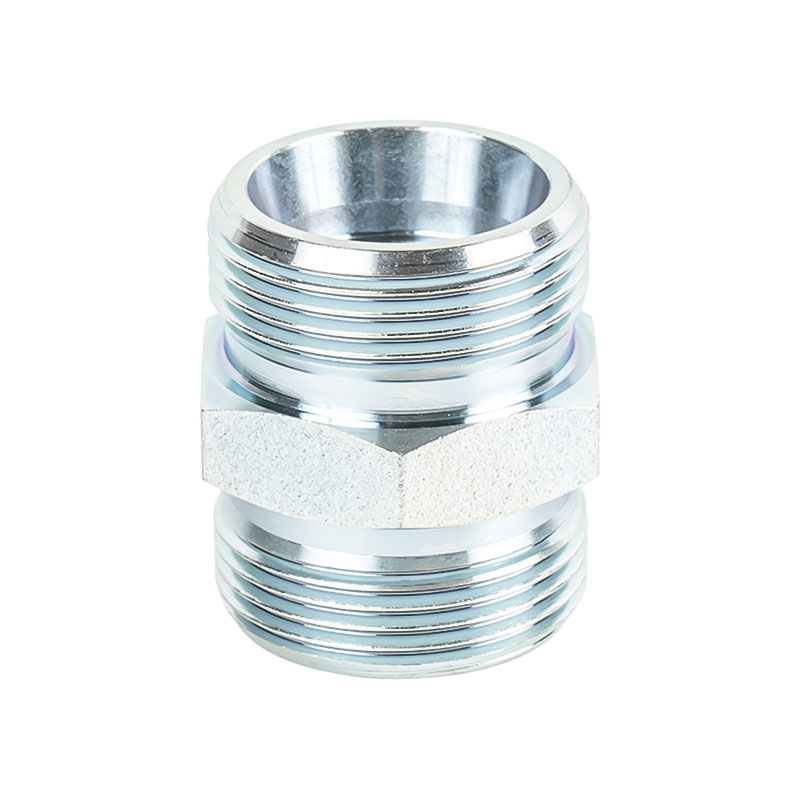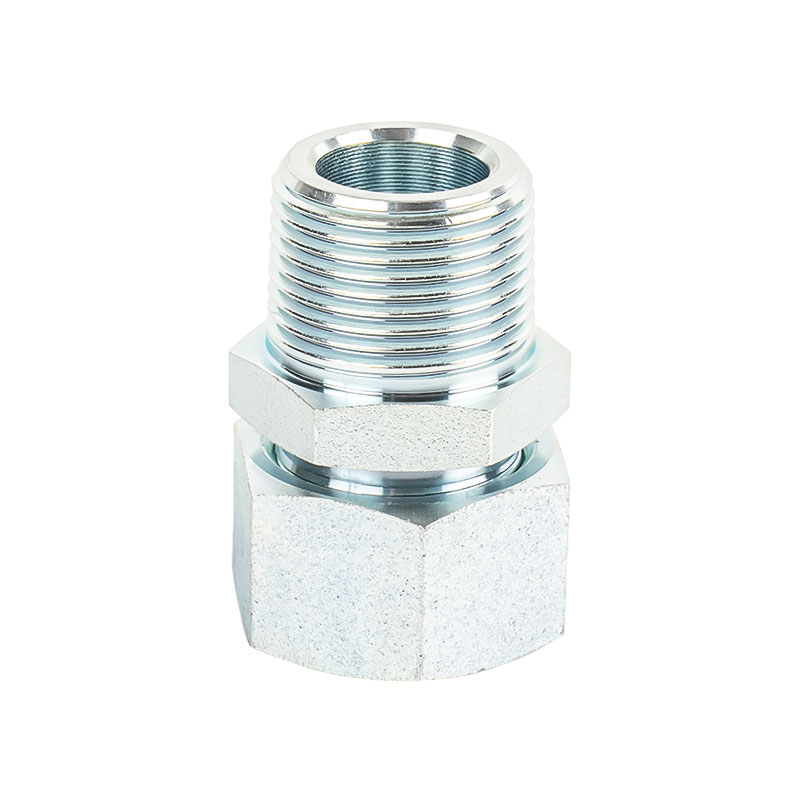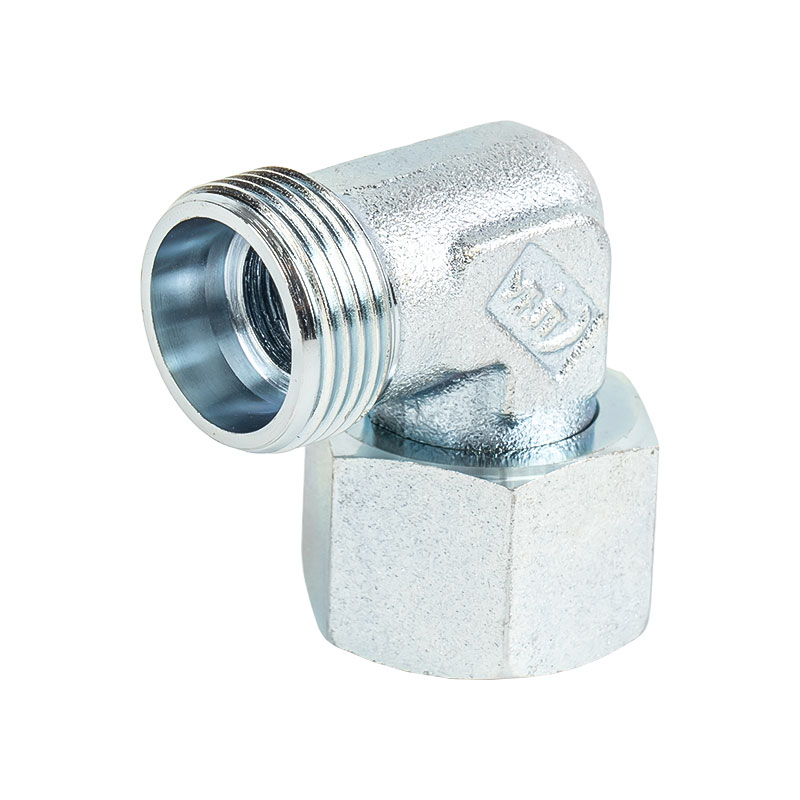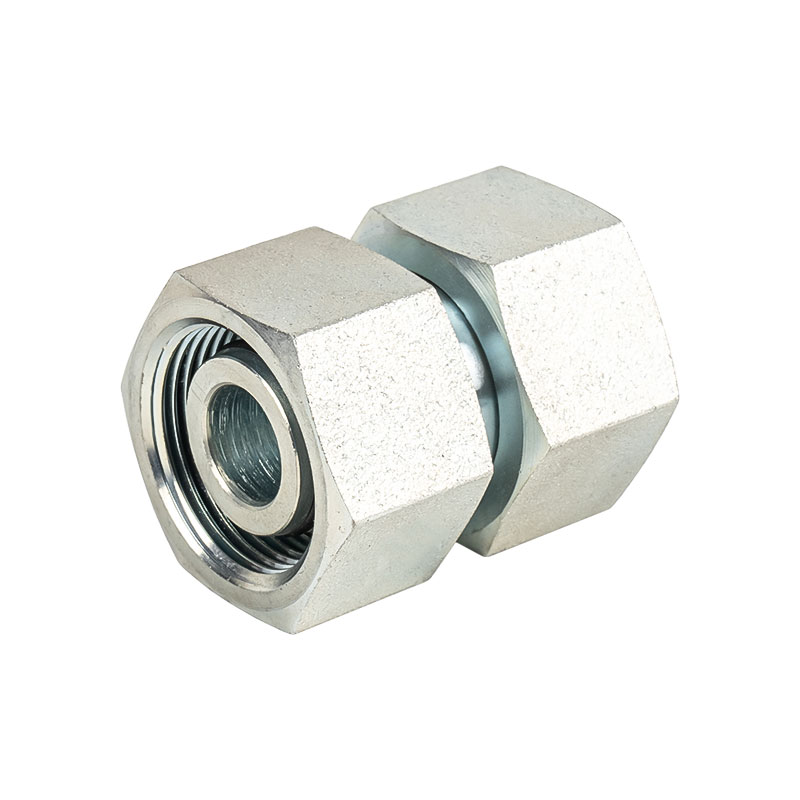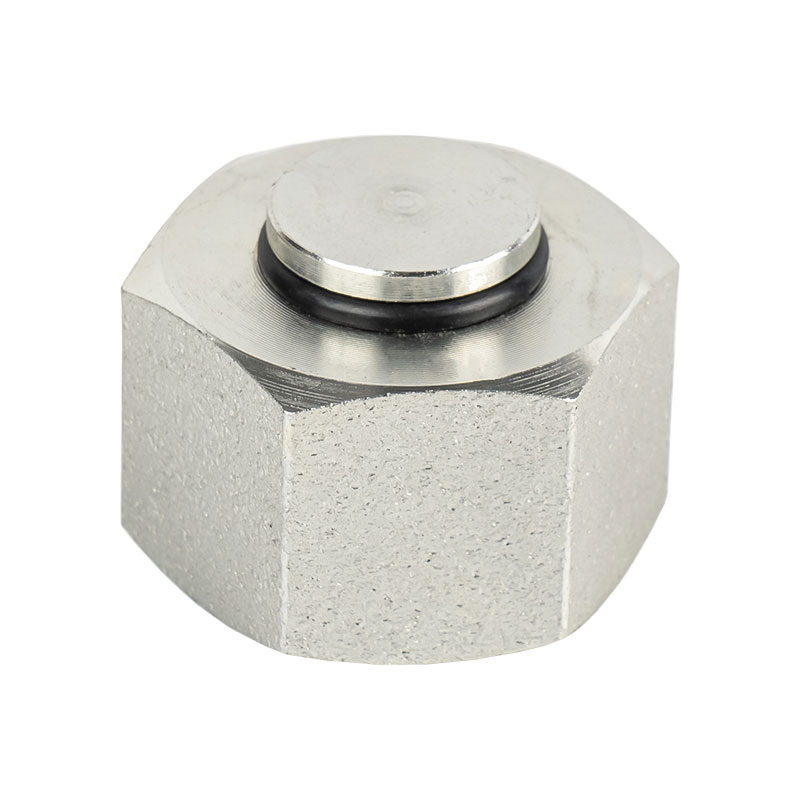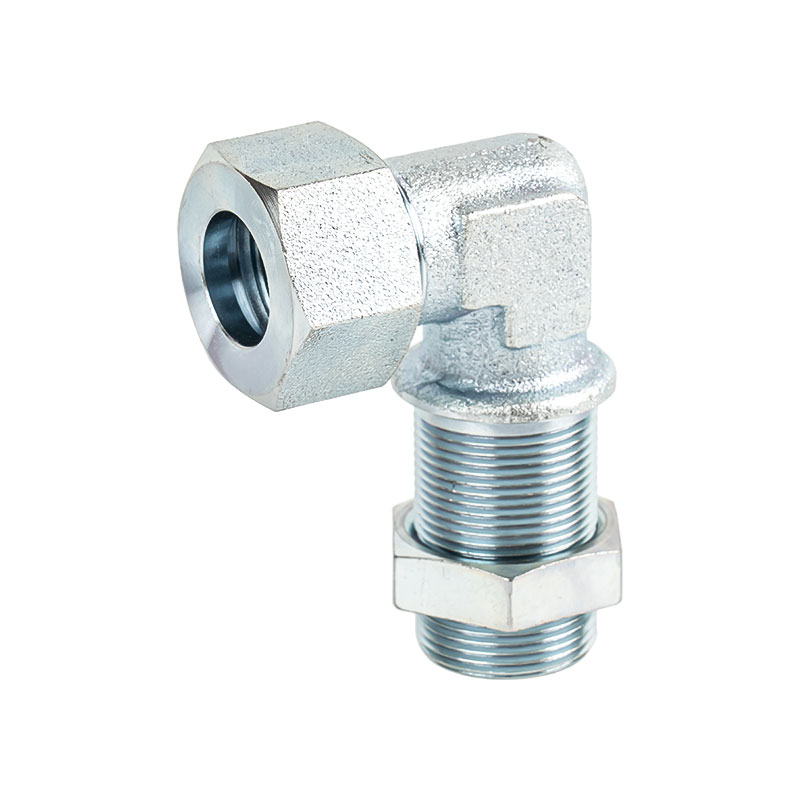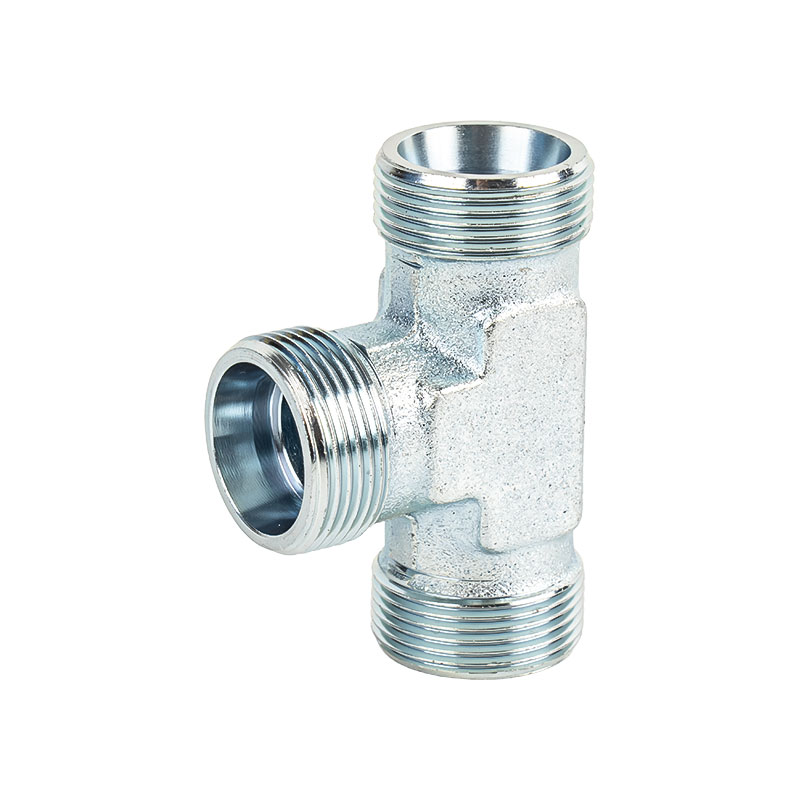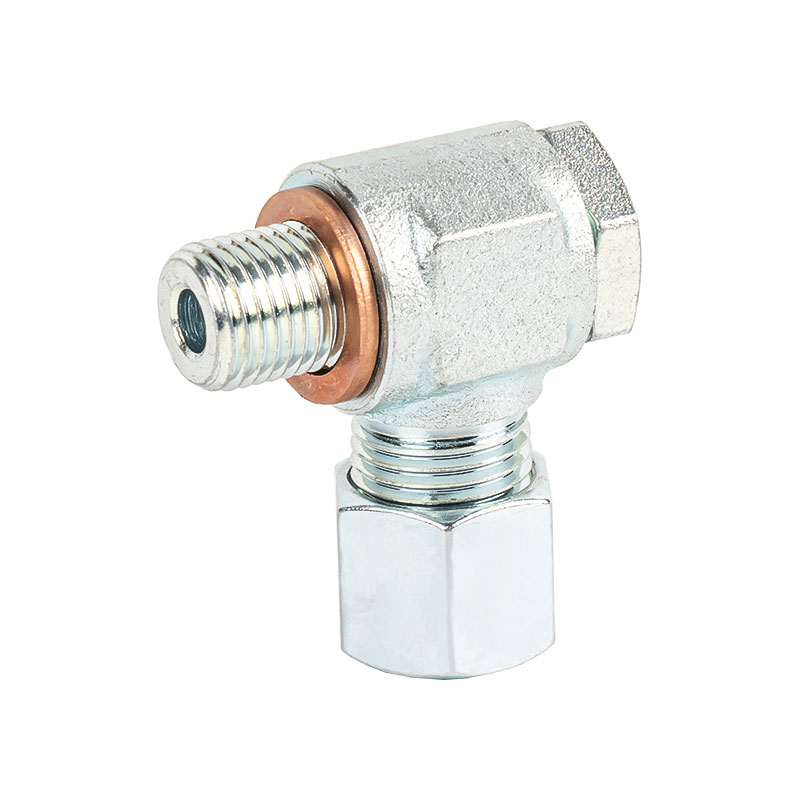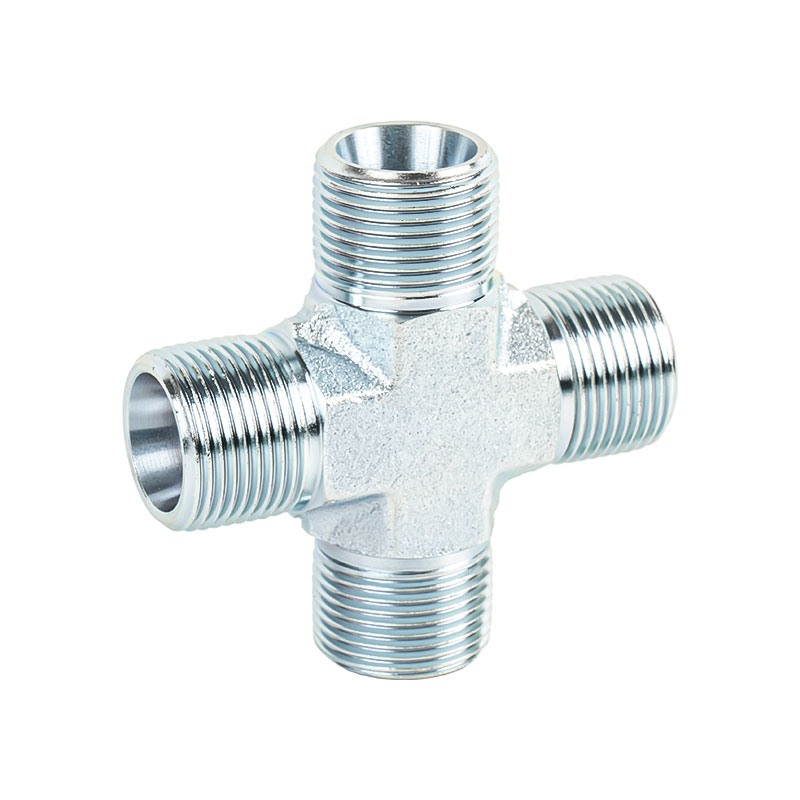During long-term use, adapter fittings do have a certain risk of aging, overheating or damage, especially if used improperly or of poor quality. These problems not only affect the service life of the adapter, but may also cause equipment failure and even bring safety hazards.
The aging problem of the adapter is a common phenomenon. As the use time increases, the circuit components and external materials inside the adapter may gradually age. For example, the insulation layer of the cable may become brittle due to long-term thermal expansion and contraction, causing the insulation layer to break, resulting in a short circuit or electrical accident. The electrolytic capacitor in the adapter may also degrade over time, resulting in unstable output voltage or even failure. The aging problem is usually more obvious when the adapter is used for a long time and at high frequency or in a harsh environment.
The heat generated by the adapter during operation is a factor that cannot be ignored. The power conversion process of the adapter requires a certain amount of energy, and this part of the energy will be converted into heat during the conversion process. If the heat dissipation design of the adapter is not reasonable, or there is an overload phenomenon during use, the adapter may be damaged due to overheating. Overheating not only causes premature aging of the internal components of the adapter, but also may cause safety problems such as fire. In addition, overheating can also affect the working efficiency of the adapter, causing voltage instability and affecting the normal operation of the connected device. Therefore, whether the heat dissipation system of the adapter is properly designed is crucial to extending its service life.
The adapter is also at risk of damage during long-term use. Especially if the adapter is frequently plugged in and out or the use environment is unstable (such as frequent vibration, humidity or excessive temperature), its shell may crack or break, which will affect the stability of the internal circuit. Sometimes, due to current surges or voltage fluctuations, the circuit inside the adapter may also be damaged, causing the adapter to fail to work properly. In addition, poor contact between the power plug and the socket of the adapter can also cause electrical failures or sparks, thereby increasing the risk of damage.
In order to avoid these problems, special attention should be paid to the design, use and maintenance of the adapter. First of all, it is crucial to choose a high-quality adapter. High-quality adapters usually use more durable materials and more advanced heat dissipation technology, which can effectively reduce the risk of aging and overheating. Secondly, the use environment of the adapter is also an important factor affecting its life. Avoiding placing the adapter in hot, humid or dusty places can slow down its aging process. In addition, regularly checking the cable and plug of the adapter to ensure that they are not damaged or aging can also greatly reduce potential safety hazards.
During use, reasonable operation methods can also help extend the life of the adapter. Avoid frequent plugging and unplugging of the adapter, especially when the power is on, which can effectively reduce mechanical wear. At the same time, avoid using the adapter when it is overloaded, and reasonably control the use of current and voltage, which can effectively reduce the risk of overheating and damage. For some high-power adapters, you can also consider equipping them with additional heat dissipation devices, such as cooling fans or cooling pads, to ensure that the adapter can operate within a safe temperature range.
- Home
- About
- Products
- Adapter Fittings
- Bite Type Tube Fittings
- BSP Fittings
- JIC Fittings
- ORFS Fittings
- Metric Thread Clamp 24° Sealing Sleeve Joint
- British Pipe Thread 60° Internal Cone Sealing Joint
- Japanese British Pipe Thread 60° External Cone Sealing Joint
- American Threaded 74° External Cone Flared Sealing Joint
- American Threaded NPSM Connector
- American Threaded O-Ring Flat Seal Joint
- Metric Thread O-Ring Flat Seal Fittings
- Metric Thread 74° External Cone Flared Sealing Joint
- SAE Mining Quick Connector
- One-Way Valve
- Hose Fittings
- Adapter Fittings
- News
- Contact
Feedback

 中文简体
中文简体